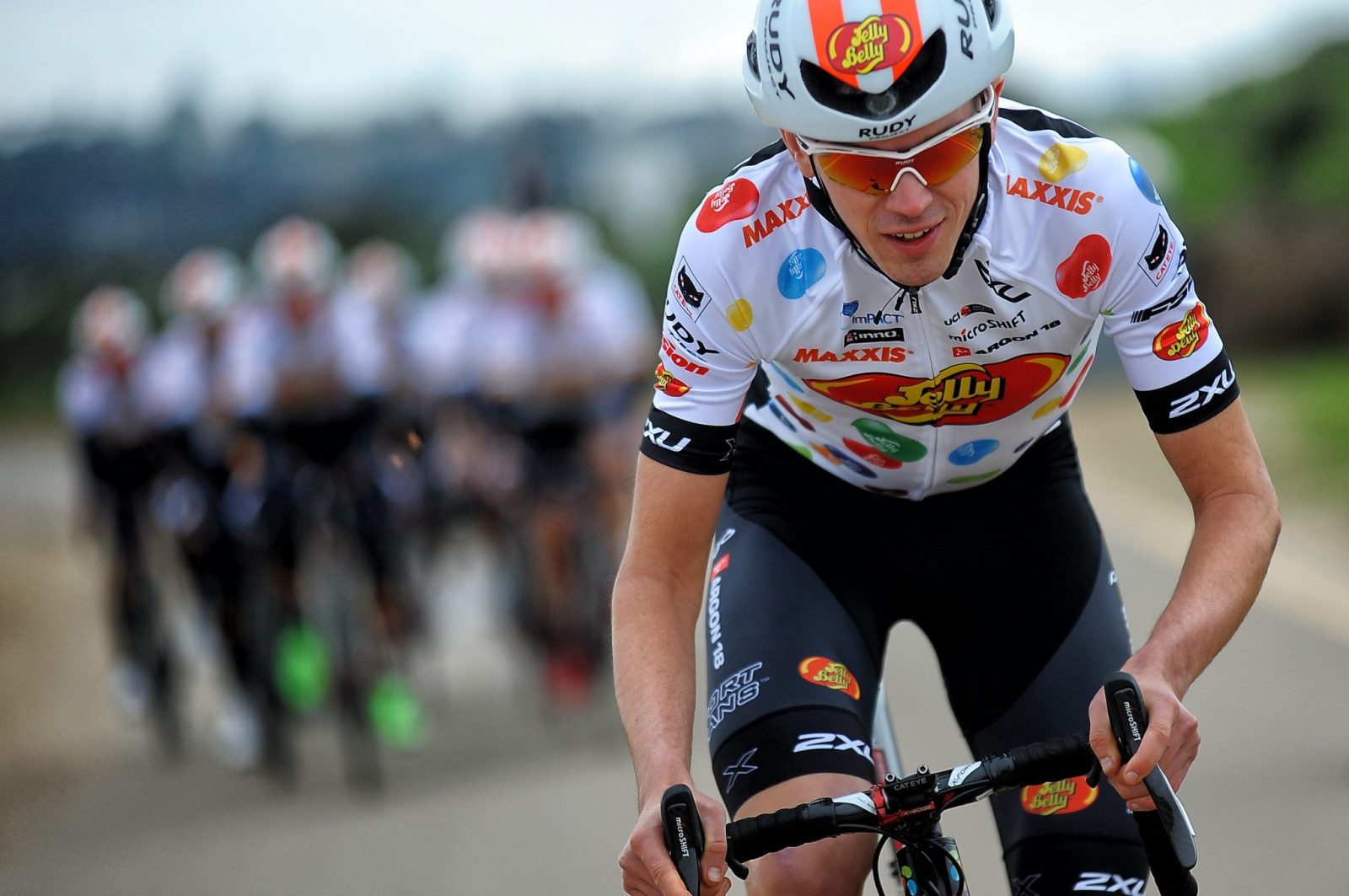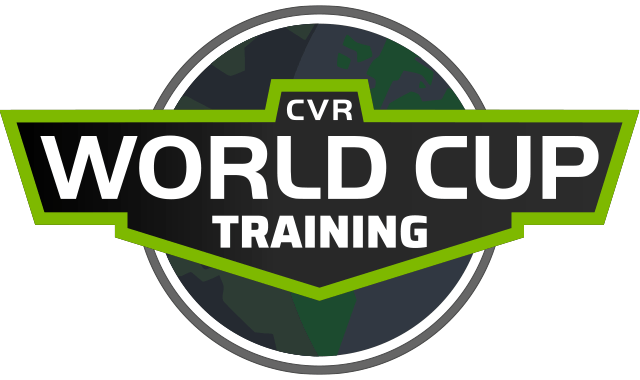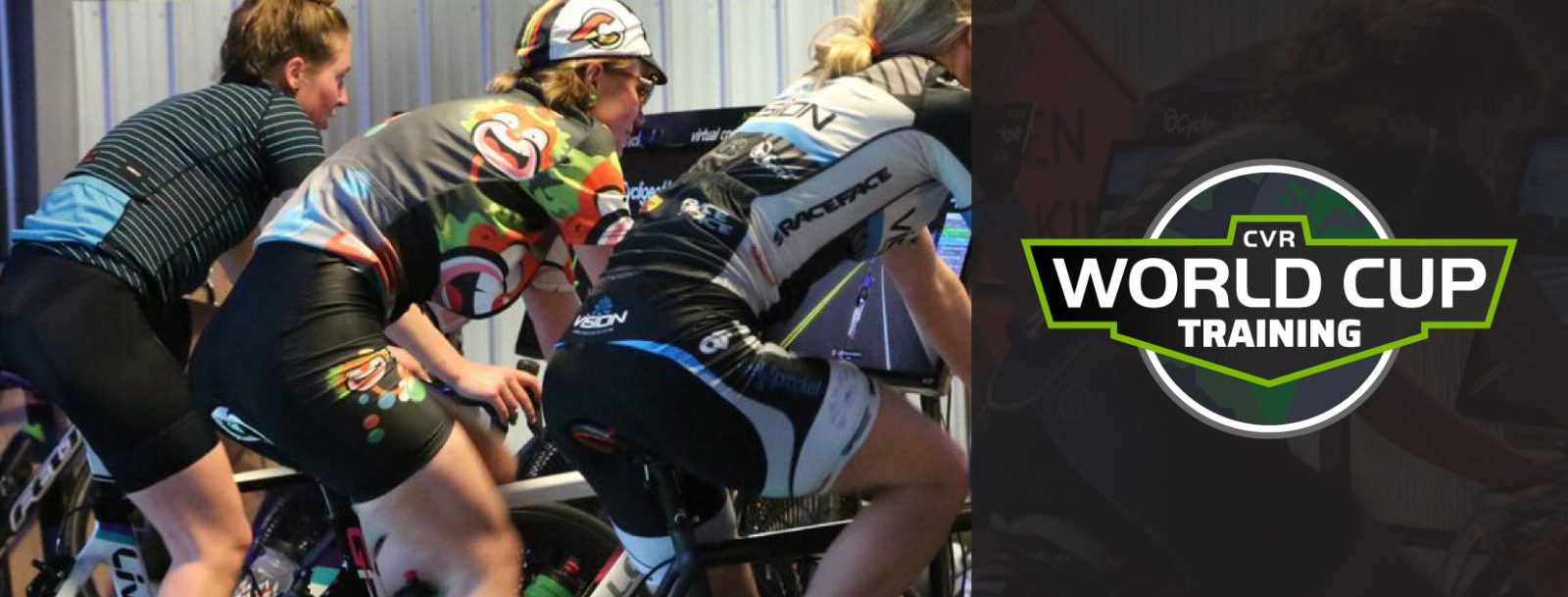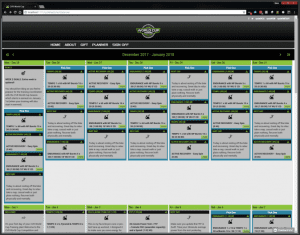Zwift for Weight Loss: The Supplement Conundrum
Is there a ‘magic pill’ for weight loss? Please say no. There are hundreds of claims, hundred of sales offers, and hundred of test results. We must ask, how was the test carried out? Who paid for the test?
Let’s Talk About Studies
One test was paid for by a company that sells a certain kind of fruit. What did their test reveal? Their fruit prevents cancer. When this test was conducted properly, the results showed no such benefit. It is easy to take a group and select the healthier ones to test the product on. Then, compare them to the other group. This is one way to lead the results. Don’t trust every test, especially any quoted in a sales ad.
A proper scientific test should have a placebo group. A randomized controlled trial is A study design that randomly assigns participants into an experimental group or a control group. Double blind means the testers don’t know which group is which. Certain criteria must be followed. Did participants exercise 60 minutes a day or did the participants merely say they exercised? Having a participant simply check a box ‘yes’ or ‘no’ is not accurate enough. The other problem is when a test lasts just a few weeks or up to three months. This isn’t long enough to gauge a loss that is gradual over one year. Yet, they are often pushed to get fast results.
My favorite example of positioning such a study is one that revealed salt is bad for you. Many quoted it and said, “Salt is bad for you. There’s proof.” Was it true? Were there health problems? Yes. Were they caused by salt with reliable results? No. Here’s why: the group eating salt were people who ate a high salt diet consisting of hot dogs, pizza, potato chips, bacon,etc. They should have selected healthy individuals who lived on a healthy diet with high salt content to prove their point. They only proved that salty junk food is unhealthy.
Two views often exist side by side. To illustrate: an athlete sees his workout shirt has dried salt deposits. (Is it actually sodium chloride?) He immediately proclaims, “Look how much salt I’ve lost. I should replace it.” A different athlete reacts, “Look how much salt I’ve lost. I must be eating too much. I better cut down my salt intake.” Doctors who examine a controlled study will disagree as well.
I had some points on chromium picolinate based on one doctor, but I changed my mind after doing more research. Dr. Jeukendrup agrees with a study of studies that show little to no effect on fat loss. Still, it was averaged at 1 pound of fat lost over the groups not taking chromium. That could add up to four pounds a year (Onakpoya at Oxford). Some who touted chromium are now rather silent on the matter. Chromium supplements of any amount should be discussed with a doctor, especially if you are diabetic. My interpretation of chromium in brief: high sugar diets will cause fat gain and chromium loss. Cutting out sugar will lead an active person toward weight loss. Chromium may help those individuals. Ask your doctor.
Getting the right nutrients might require only a change in diet. But, that is not always possible. While the body generally maintains the level of sodium chloride, potassium levels can get low. Should you run out and buy potassium then? If so, what kind and how much should one take? First, always calculate how much is actually needed. Second, how much are you getting? Add the amount in your diet plus the amount in your one-a-day vitamin pill. What is the difference?
Example: Potassium
- Recommended amount: 4700 mg (MNA)
- Dietary level (average): 2000-2500 mg
- Vitamin One-a-Day level: 0
- Natural sources: Potato 900 mg, Banana 450, Kiwi (2) 430 , Spinach 420, Sweet Potato 540, Sport drink 37, Milk 382 (Ask me what I drink.)
- Regular table salt: zero
- Lite salt (Potassium Chloride) 1/4 teaspoon 600 mg
Supplement Dangers: Potassium
“Dangerous heart rhythm problems and even cardiac arrest” is possible in some cases. Use only with the guidance of a medical doctor. May have fatal effects with certain health conditions and/or medications. Extreme care is needed with diabetes, heart problems, high blood pressure, and various medications “such as spironolactone.” Quote from Deepak Bhatt, MD Harvard Heart Letter June 2016.
Vitamin D
There’s good news respecting vitamin D3. More than one study shows what applies to almost all supplements. Vitamin D does not cause weight loss. Vitamin D deficiency may impair fat loss, especially in the stomach or belly area. What can we base this on? One study shows women lowered their fat with vitamin D. Another showed vitamin D lowered the amount of body fat. Keep in mind this vital point: the test subjects were given a healthy diet and exercised. The supplemented amount brought their vitamin D levels to where they should be.
Specifically, these studies used D3 oil gel caps. (not dry tablets). Natural vitamin D comes from sunlight. If you are outdoors with exposed skin you may get enough, and it’s free. It is unlikely for many of us to get enough exposure especially in the winter. What about the vitamin D in my one-a-day vitamin pill, in my milk, and in my breakfast cereal? All I can suggest is that it is probably not the right type. How much money are corporations going to spend for this vitamin to be added to their product? Further, will D3 prove to be the next Chromium, touted one day and forgotten when the wind shifts to another supplement?
Recommendations from those test results are to take a high dosage for 90 days to overcome a deficiency, then supplement according to daily recommended levels. 4,000 iu was used as the highest level in testing. Don’t go higher. By at least 10,000 iu, there is a strong toxicity danger. More is not better.
Here’s what bothers me in advertising. This is a quote from a vitamin D ad where I will not mention the company. “Shed pounds fast”,” No foods are off-limit”. “Fat-melting” and “You’ll lose weight quickly.” This ad worries me.
Consider using a supplement that will meet your requirements. Daily amount total is around 600 iu (Institute of Medicine 400-800). Studies show overweight individuals may require 1000-2400 iu. (1000 iu = 25 mcg) IOM Summary. A doctor can run a blood test. Just because you are D deficient does not guarantee that vitamin D supplements will cause weight loss. The jury is still out. Time will tell if the current studies are tried and true.
Dr. Soares says, “Overall, there is consistent evidence that calcium and vitamin D increase whole body fat oxidation.” But added that there are not defined levels of the vitamin administered and the resulting change. So, it does work, as he sees it. But, it’s unclear how much benefit it brings. (I say, for 10 dollars it seems good to try. For 50 dollars, I want solid proof.)
Dr. Pathak finds little evidence in eleven studies. However, he reports that none of the testers imposed a calorie restriction, nor was there any exercise protocol. One additional study did show a decrease in fat mass for women. Again, it does not state the full parameters. How much did exercise and diet come into play?
Caffeine and Green Tea
Caffeine seems to increase fat metabolism slightly. If it helps you ride harder for a longer time, then that’s an added benefit. If you need an excuse to drink coffee, this is it: Dr. Graham. For me, I just love to drink it. If you are going to drink caffeine, do so before exercise. Then, wait for it to kick in.
Green tea has health benefits that may include fat metabolism. Catechins in green tea and decaf green tea may account for greater benefits than the caffeine in coffee. One study had a weight loss of 5.5 pounds in a three months versus 3 pounds for the group without tea. Definitive proof? No. It seems to be a fairly cheap approach though. I prefer to buy a good quality of loose leaf tea.
“Fat oxidation rates, during a 30-min cycling at 60% VO2max, were significantly higher (17%) following GTE ingestion compared to placebo.” Dr. Jeukendrup concluded, “Green tea has the potential to increase fat metabolism at rest, also during exercise, and may help to lose body fat and body weight. As with caffeine, the effects appear to be relatively small.” Dr, Jeukendrup’s article.
Protein Powder
Whey Protein Concentrate is being haled as a weight loss aid. I much prefer egg white protein as it is very easy on my stomach. Does it reduce body fat in tests? It is difficult to say. Protein will benefit any weight training program. Is this protein in addition to a healthy diet? Is it a replacement for a meal protein like fried chicken or a cheeseburger? There’s so many variables from one study to another. It quickly gets confusing. Every ad has an agenda, “Buy our product.” Be careful with your health and your money. I take protein powder to get the right amount in my daily diet. The amount will differ from one person to another. It is based on muscle mass and the amount and type of daily exercise. I don’t think protein will ever prove to change your fat metabolism. It may help you to eliminate saturated fats from your diet. That in itself, is a big step in the right direction.
Conclusion
There’s no way to cheat the system of exercising and eating healthy. If you are regularly cycling and lifting weights, you should gradually lose weight. Hopefully, Zwift enhances your exercise and increases your health. If something works for you, please share it with us at ZwiftOff. Join us for our group workouts as well.


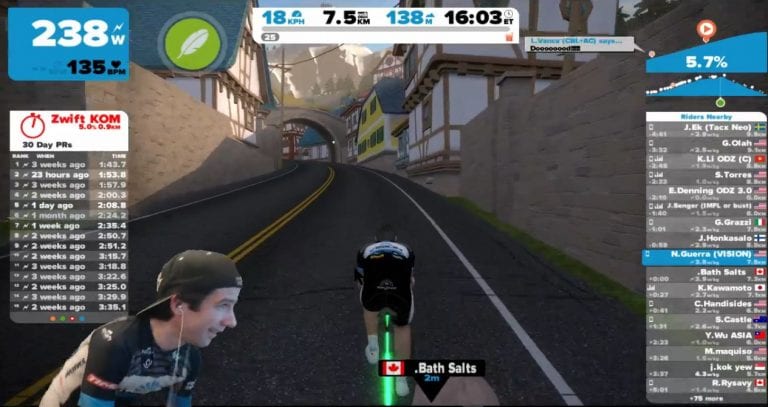
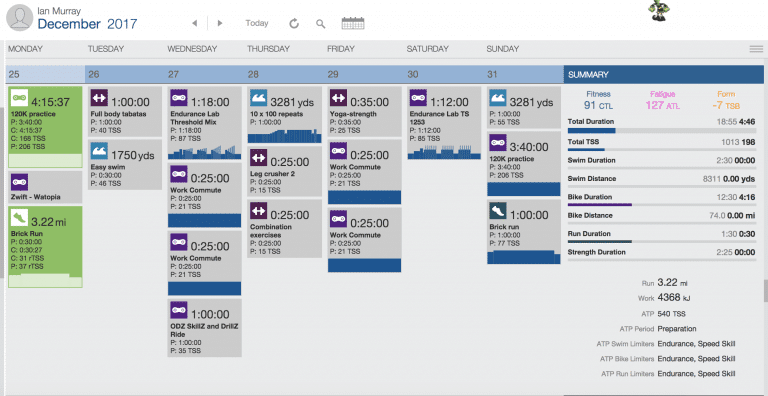
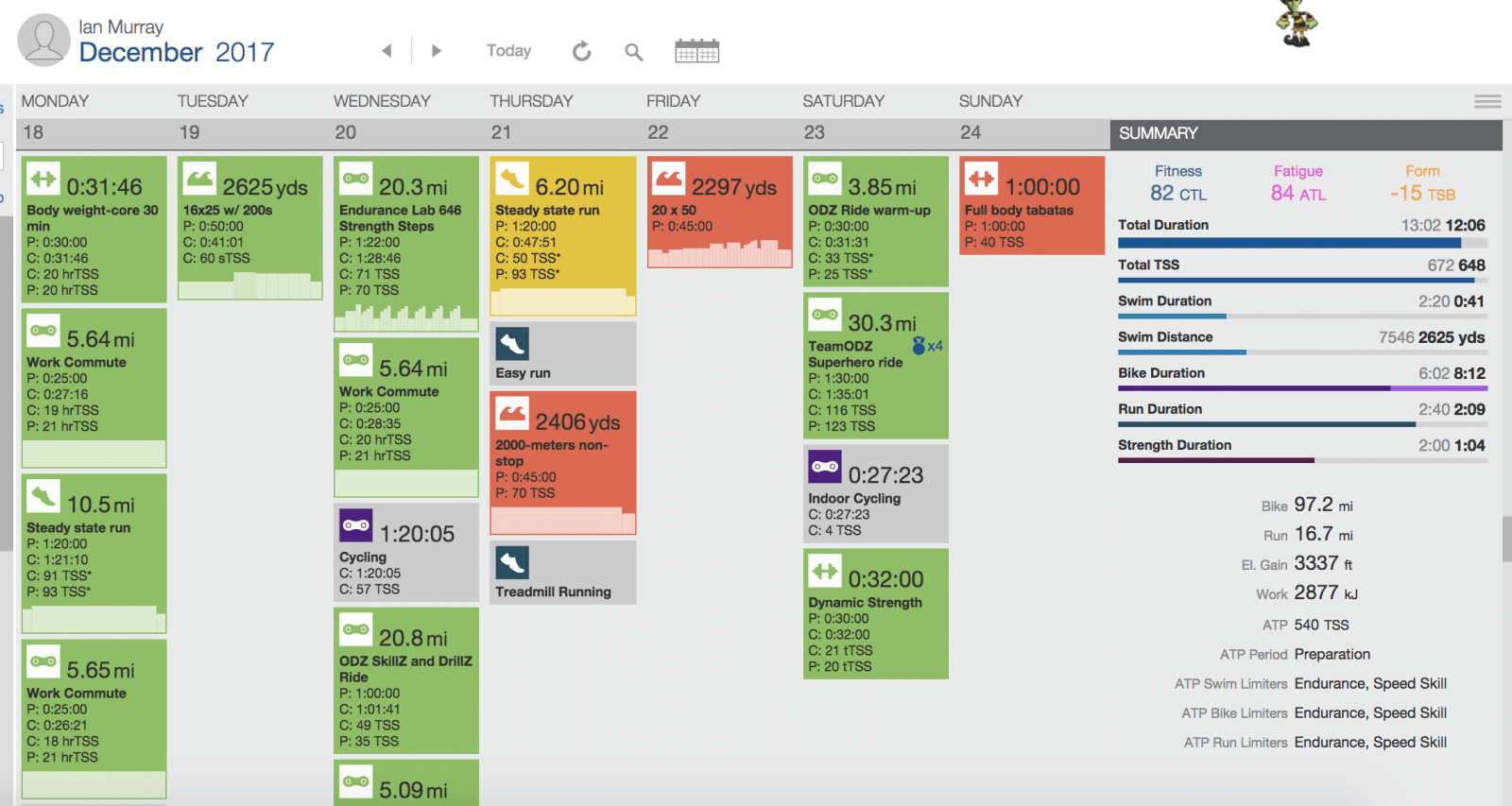
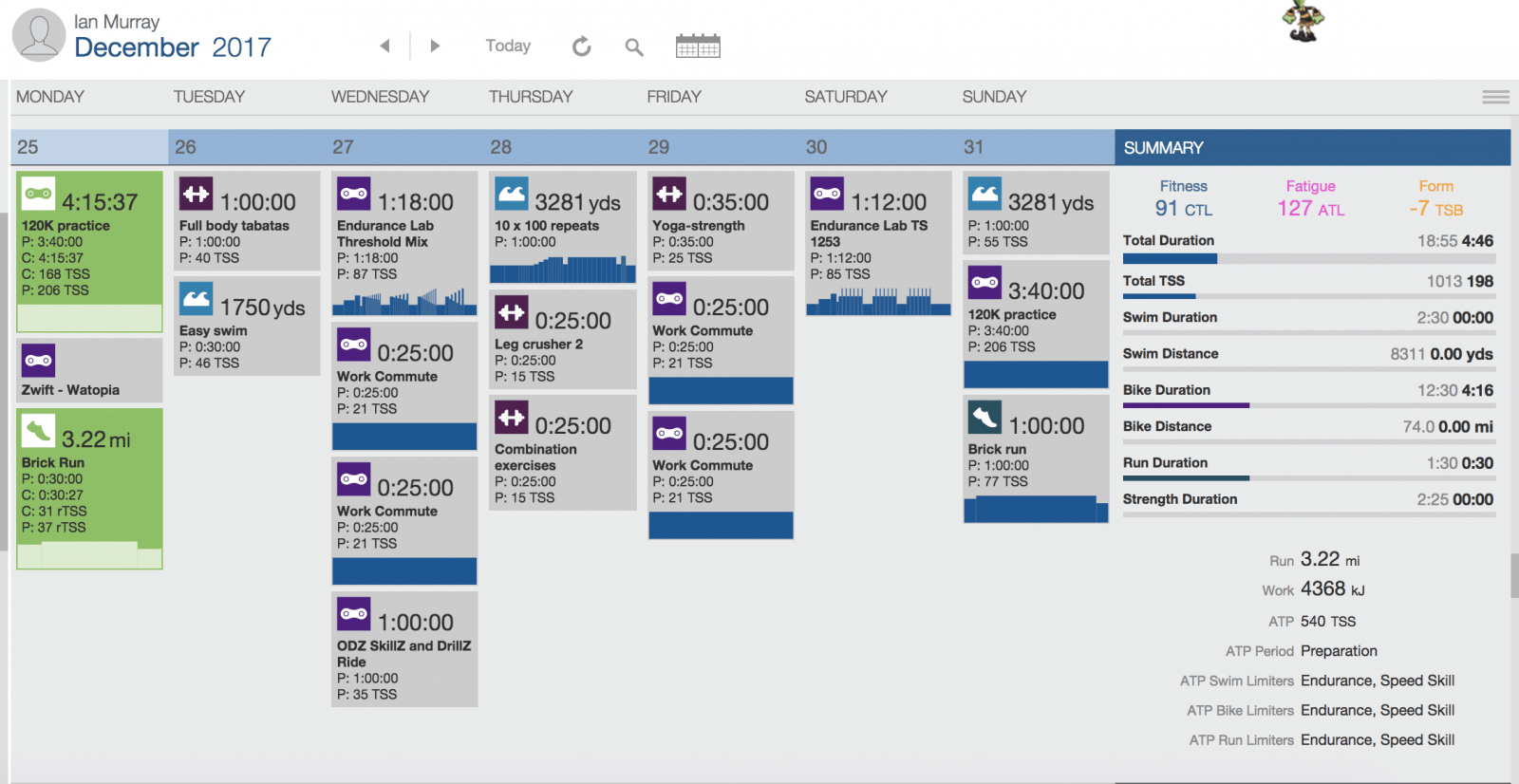


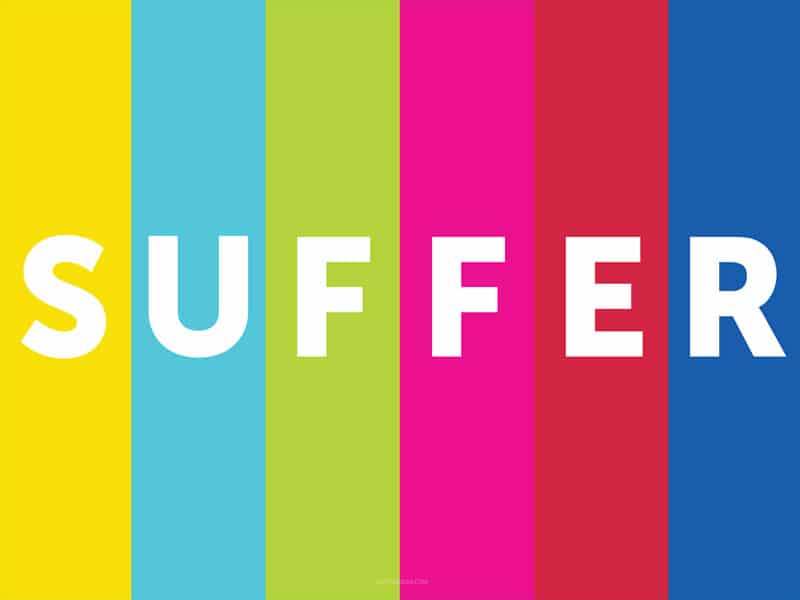


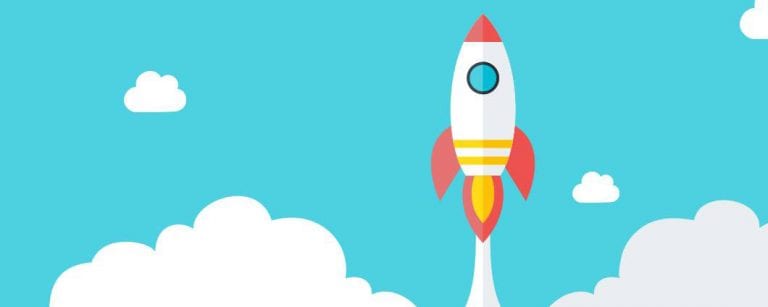



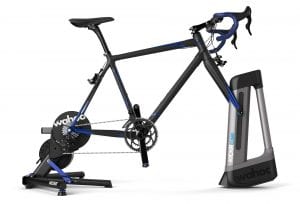 Dec 30th – Day 6
Dec 30th – Day 6 Jan 2nd – Day 9
Jan 2nd – Day 9
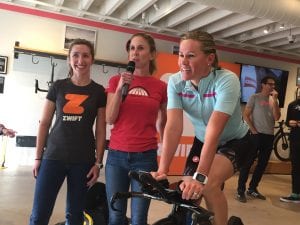

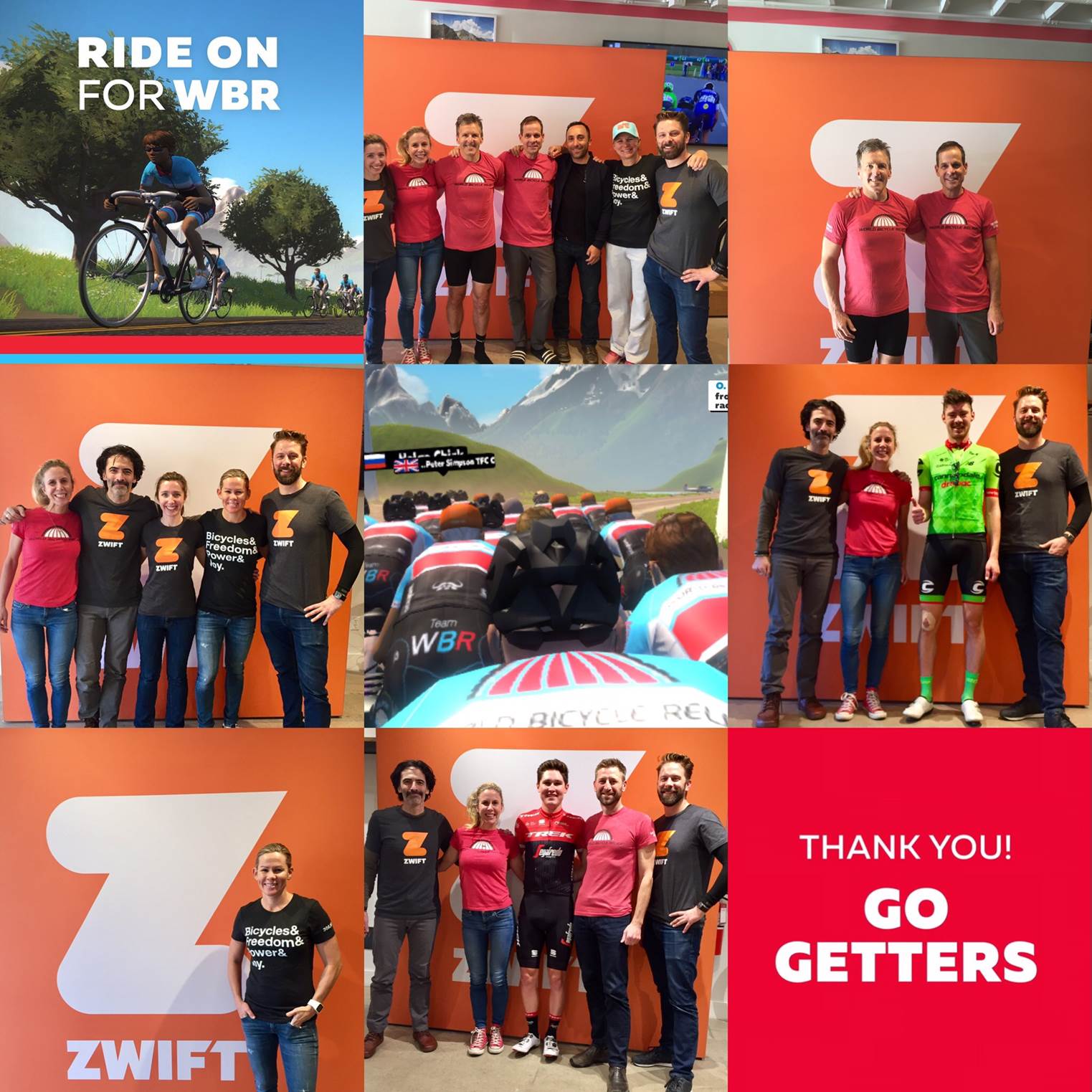

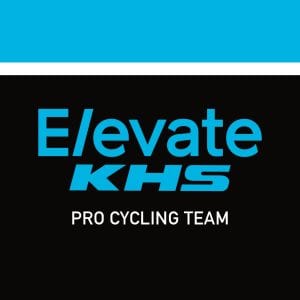 All of that is the Data Geek’s way of saying that my training for the 2018 season has begun in earnest even as the snow falls heavily here in Big White, British Columbia. It has been enjoyable and rewarding to get back to it and I have the motivation of proving myself on a new team next year, the Continental Pro team
All of that is the Data Geek’s way of saying that my training for the 2018 season has begun in earnest even as the snow falls heavily here in Big White, British Columbia. It has been enjoyable and rewarding to get back to it and I have the motivation of proving myself on a new team next year, the Continental Pro team 
